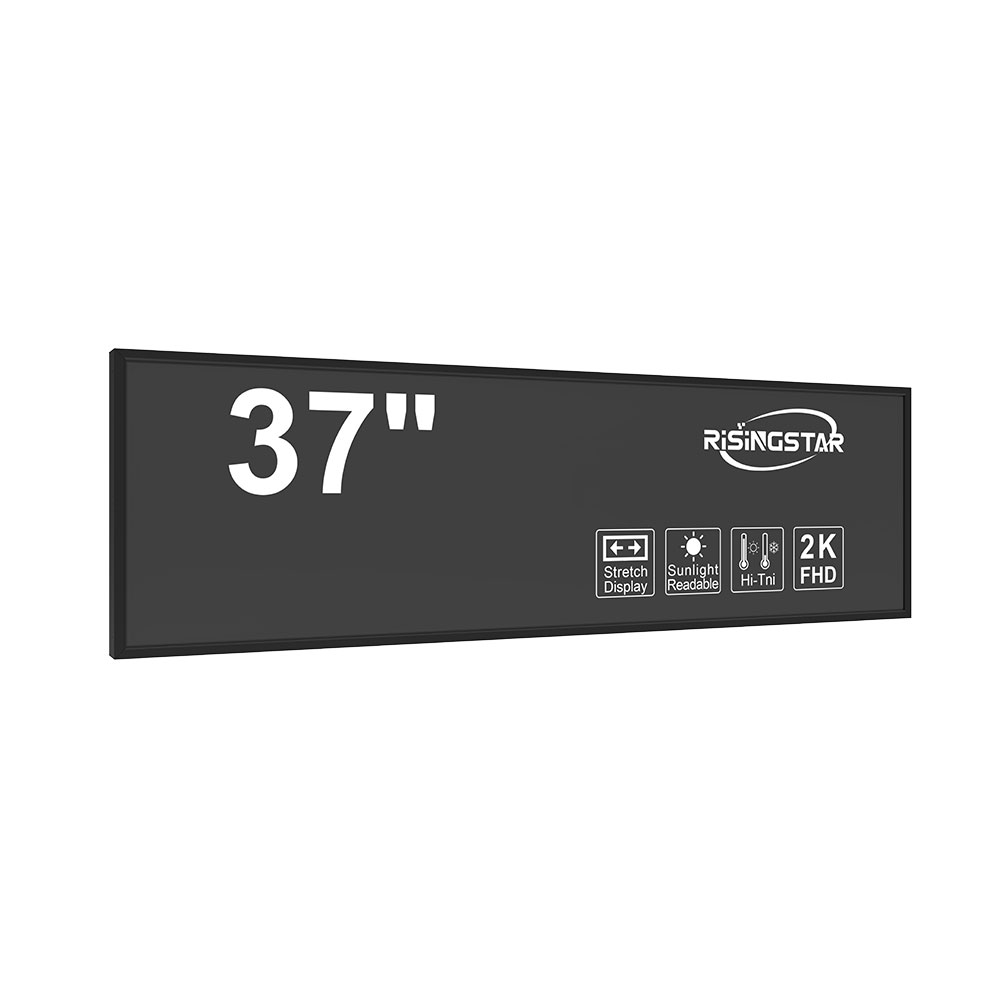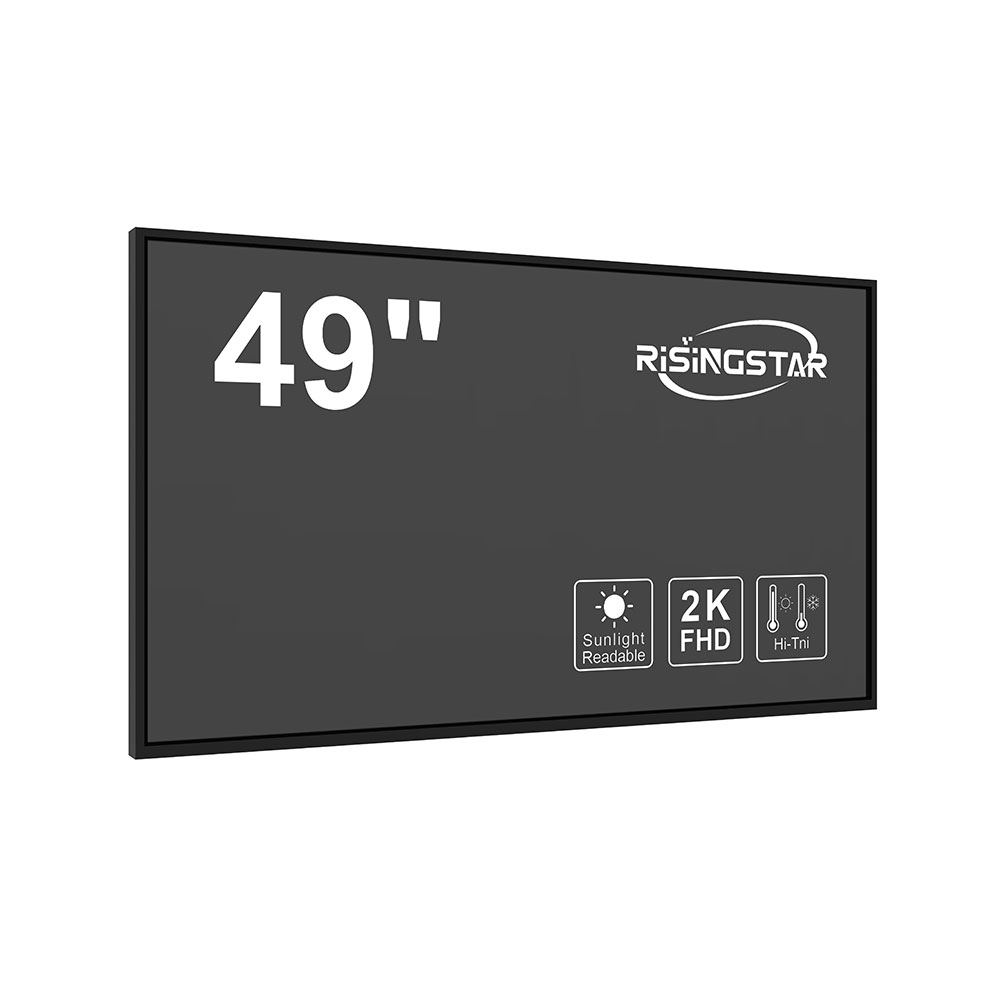- Home
- About Us
- Products
- News
- Video
- Contact
- Send Inquiry
Search
- Home
- About Us
- Products
- News
- Video
- Contact
- Send Inquiry

When designing outdoor LCD screens for commercial, industrial, or public information systems, the display ratio is a critical specification that directly impacts usability, visibility, and integration with existing hardware. Among the most common aspect ratios used in outdoor digital signage are 4:3 — a legacy but still highly functional format that offers excellent compatibility with legacy software and high-resolution content designed for desktop environments.
For applications involving 15-inch, 17-inch, and 19-inch displays, the 4:3 ratio remains a preferred choice due to its balanced vertical and horizontal real estate. This ratio provides 60% more vertical space than 16:9, making it ideal for displaying detailed data, multi-line text, and user interface elements without excessive scrolling — particularly important in environments where quick reading is essential, such as transportation hubs, retail kiosks, and utility control panels.
From an engineering standpoint, 4:3 displays often use CCFL (Cold Cathode Fluorescent Lamp) or LED backlighting systems optimized for brightness levels between 3,000 to 5,000 nits, which ensures visibility under direct sunlight. For example, a 17-inch outdoor LCD screen with a 4:3 aspect ratio (typically 1280x1024 resolution) delivers sharp clarity even at 3,500 nits, meeting the IEC 62262 standard for environmental durability in harsh conditions.

Industry case studies from companies like LG Electronics and Sharp show that 4:3 screens outperform 16:9 alternatives in vertical information density for industrial monitoring systems. In a recent deployment at a European railway station, a 19-inch 4:3 outdoor LCD screen displayed train schedules, platform numbers, and emergency alerts in a single frame — a task that would have required multiple 16:9 screens to achieve similar clarity.
Manufacturers must also consider thermal management when building 4:3 displays for outdoor use. The compact size of 15- to 19-inch units means heat dissipation must be carefully engineered using aluminum heatsinks and passive cooling systems. Additionally, IP65-rated enclosures protect internal components from dust and water ingress — a must for compliance with ISO 14522 standards in outdoor installations.
In summary, the 4:3 display ratio continues to play a vital role in outdoor LCD applications, especially for mid-sized screens (15", 17", 19") where clarity, compatibility, and vertical information density are prioritized over cinematic widescreen formats. As digital signage evolves, this classic ratio remains a trusted solution in professional settings worldwide.
